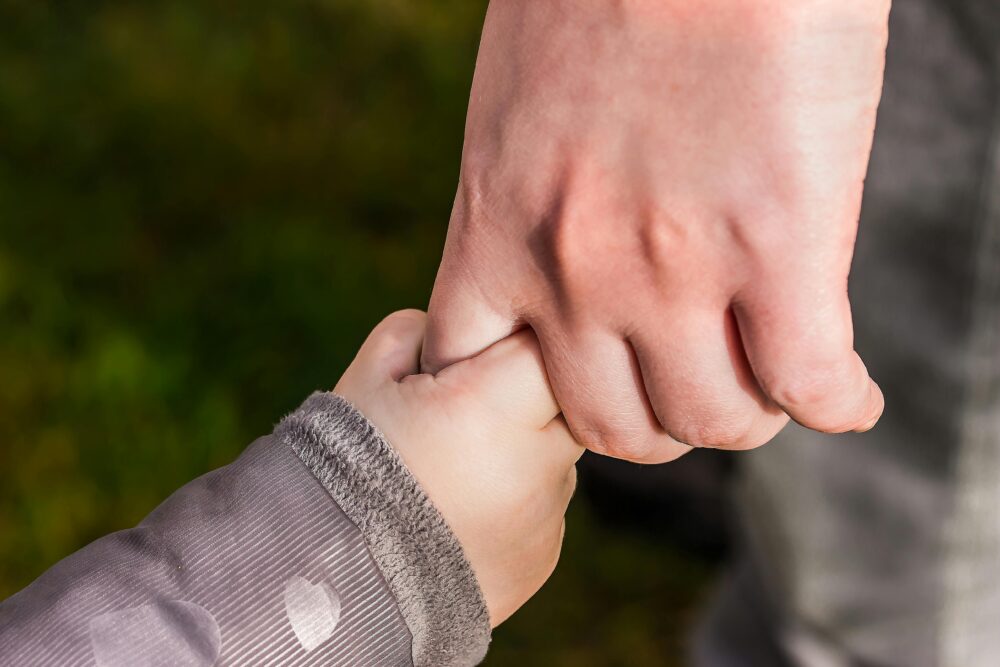
Climate change is showing up in big ways in recent years. You may have noticed more natural disasters in the news, from major hurricanes and floods to wildfires. Some of these events have been called “once-in-a-lifetime” occurrences, but they seem to be happening more and more often. As the world warms, we can expect more extreme weather events. The need for a disaster survival kit is more imperative than ever and here we’ll tell you what it should contain.
Water and Food
Keeping your body hydrated and nourished in an emergency is priority number one. Pack enough water and non-perishable food for each person in your family for at least three days. Include items that don’t require cooking, such as canned goods, granola bars, and dried fruit. And don’t forget the can opener! Of the two, water is the more important item to have on hand. A human can survive without food for three weeks, but only three days without water. You’ll want to keep at least one gallon of water per day for each family member.
Clothing and Bedding
A change of clothes is essential and you’ll want to have a variety available depending on the climate you live in. It’s best to pack items that can be easily layered so that you can add or shed them depending on the temperature. The same goes for bedding and enough towels to last several days. Storing these items in vacuum seal bags will keep them dust and pest free, and will consolidate the space they take up. For shoes, pack a comfortable pair or two that you can walk long distances in and an extra pair of socks for each person in case they get wet.
First Aid Kit and Survival Tools
You’ll want to have a well-stocked first aid kit on hand to deal with minor cuts, scrapes, and bruises as well as more serious injuries. Be sure to include bandages, antiseptic wipes, gauze, pain relievers, and anything else you think you might need. If someone in your family has a chronic medical condition such as diabetes or asthma, make sure to include the supplies they need to manage it.
A few basic survival tools are also essential for any disaster kit. A flashlight and extra batteries are a must, as well as a battery-operated radio for emergency broadcasts. A manual can opener, matches, or a lighter, and a whistle that can be used to signal for help if you’re lost or injured are also needed. If you live in an area where major disasters happen, it’s a good idea to consult a company that builds custom disaster survival prep kits. These will include the essentials for making shelters, collecting and filtering water, and other life-saving essentials.
The best way to be prepared for a disaster is to have a plan and practice it with your family. That way, if an emergency does strike, you’ll be ready for it. Creating and maintaining a well-stocked disaster survival prep kit is an important part of that plan so that you can face whatever comes your way.


